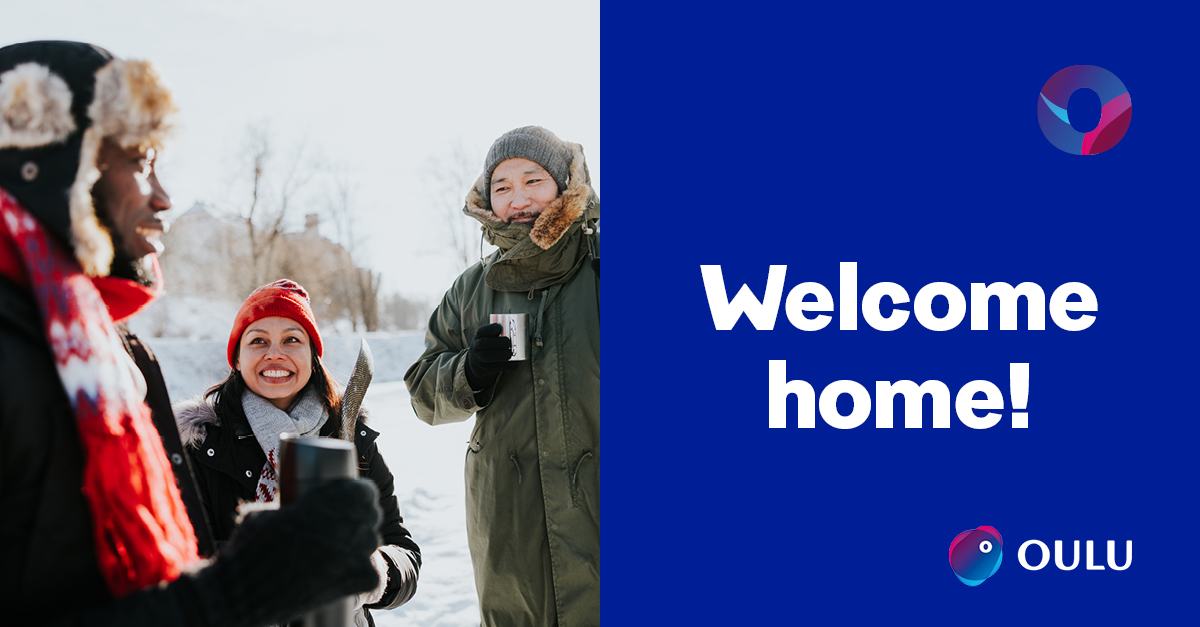“Welcome Home”: Finland’s 6 largest cities invite recent arrivals to use integration services

The six largest cities of Finland have come together to create a warm-hearted campaign to encourage new international residents to use the cities’ many helpful services for newcomers. At the start of 2025, overall responsibility for the provision of statutory integration services was transferred from the state to municipalities.
The Finnish cities of Helsinki, Espoo, Vantaa, Tampere, Turku and Oulu have teamed up to release a joint campaign designed to call attention to recent legislative changes that transfer select services to the country’s municipalities.
The Welcome Home campaign encourages newly arrived residents to take full advantage of the respective cities’ many helpful services for newcomers. Among others, the cities’ statutory integration services can assist eligible jobseekers and people outside the labour force with adapting to Finnish society, learning the Finnish or Swedish language, and finding a job.
The Welcome home campaign will launch on the city’s digital channels on 10 February and continue for approximately two weeks. The message will be communicated in several languages, representing the language spoken most widely in each of the participating cities. It seeks to convey to current international residents or people who are planning to move or stay in Finland that the overall responsibility for the provision of statutory integration services now lies with Finland’s municipalities. The cities in question also hope to convey that they will be reliable and respectful partners in assisting their new residents to create and enjoy a good life in their new hometown.
Every tenth resident of Finland now speaks a foreign language
In 2023, the last year for which statistics are currently available, Finland’s population grew by almost 40,000 persons – the largest increase since 1956. This was in part explained by the arrival of people fleeing the war in Ukraine, who became eligible for residence in that year. According to Statistics Finland, every tenth resident of Finland now speaks a first language other than Finnish, Swedish or Sámi. Among the six cities participating in the campaign, the foreign-language population is 27 per cent in Vantaa, 24 in Espoo, 20 in Helsinki, 15 in Turku, 10 in Tampere and 6 in Oulu.
Another important goal of the Welcome home campaign is for the cities to send a message that all migrants are welcome, no matter what their background or the reason for arriving. Finland’s six largest cities recognise that newcomers to the country are important for many reasons.
– The city of Oulu aims to provide all non-native speakers with good living and housing conditions. Oulu is an international city where everyone has the opportunity to express themselves and find suitable hobbies, study places, and employment. International House Oulu offers guidance and advice to all non-native speakers on weekdays from 9 am to 3 pm, says Arto Willman, the Immigration Manager of the City of Oulu.
The Oulu City Strategy 2030 emphasizes the city’s role as a northern, sustainably growing international center. The strategy aims to build international success stories together and boldly utilize the opportunities of digitalization. International activities aim to increase the city’s international recognition and develop a city where internationalism and multiculturalism are recognized as strengths.
Helping newcomers forge their own path
Integration is the process of people finding their own place in their new home country. The recently renewed KOTO24 Finnish Integration Act that in part inspired the campaign defines integration more narrowly, however, as it lays out the specific statutory services society must offer to migrants to the country. It also outlines which groups are entitled to these services.
People who have come to Finland and are actively seeking work or are outside of the labour force are encouraged to contact the city and begin using statutory integration services as soon as they arrive in the country. They should have received their first residence permit less than three years ago, but the integration services specialist conducting the initial assessment can make exceptions if a need for statutory integration services can be established. For example, parents or guardians that have been here longer caring for little ones at home are often still eligible to participate.
Each of the large cities participating in the “Welcome Home” campaign naturally provide a wide range of other services to help new arrivals of all kinds settle in and enjoy a good life in their municipality. People arriving from abroad who have already secured a job or study place also have a range of newcomer services to choose from have been designed to ease their transition.
City representatives are standing at the ready to direct people to the appropriate newcomer services, as well as to answer whatever questions new arrivals may have about employment, language classes, housing issues, children’s daycare and schools, and healthcare matters.


